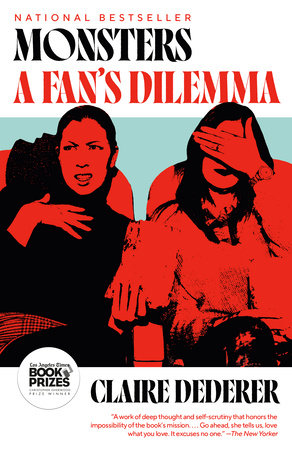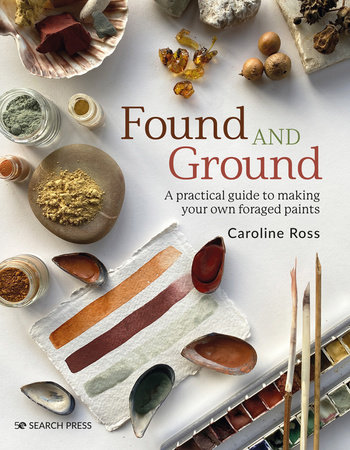


-
$24.95
Jul 25, 2023 | ISBN 9781800920996
Buy the Paperback:
YOU MAY ALSO LIKE

Hand Drawn Victoria

The White West

Wonderflux
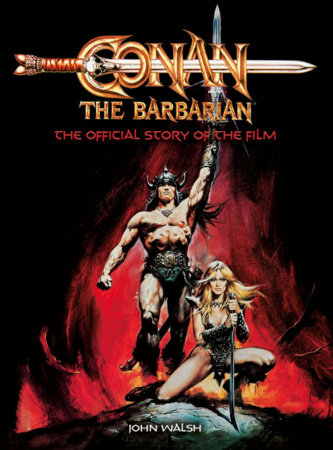
Conan the Barbarian: The Official Story of the Film
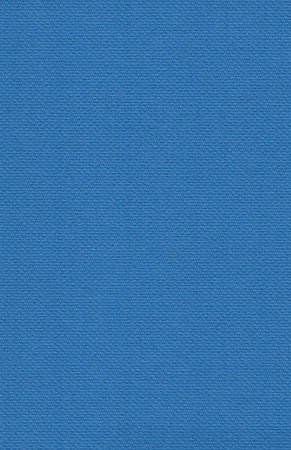
yksihW kcalB
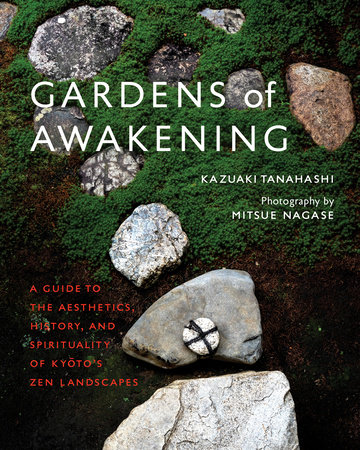
Gardens of Awakening
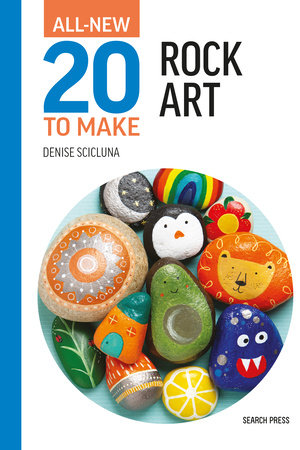
All-New Twenty to Make: Rock Art
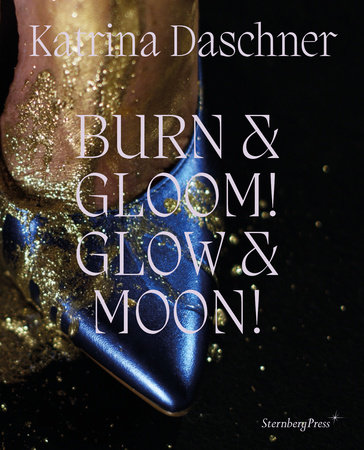
Katrina Daschner
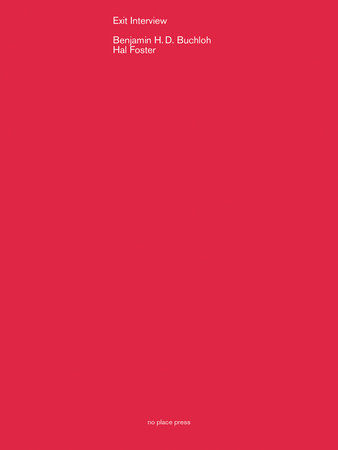
Exit Interview
Praise
Publisher’s Weekly
This pleasant debut from artist Ross shows how to make paint pigments from chalk, clay, rocks, and other found materials. Providing tips on how to forage colorful materials in a variety of locales, she notes that readers might look for greenish shale in fields, pink clay at beaches, and orange discarded bricks in urban areas. Instructions outline how to turn the materials into pigments. For stones, Ross advises hammering them into tiny pieces, grinding the bits with a mortar and pestle, filtering the results through a sieve, then adding them to a jar with water, letting the mixture settle, and pouring out the standing water, which leaves behind only the finest sediments at the bottom of the jar. Transforming the pigment into watercolor paint requires more water and a medium to produce a more gel-like texture, which can be made with foraged solidified gum from cherry, acacia, or other “non-coniferous” trees. Ross details how different mediums create different looks, observing that substituting egg whites for gum results in a glossier finish. The finicky procedure might take some trial and error to master, but the comprehensive directions ensure readers are well prepared. The result is an enjoyable take on how artists can get in touch with the natural world.
BOOKLIST (American Library Association)
It was only a matter of time until the foraging craze turned to paints—watercolors, in this case. Why make your own paints? Per artist, instructor, and author Ross, making your own paints offers customization and self-reliance, with earthy pigments tested as stable, relatively lightfast, and long-lasting. Ross focuses on her native UK, incorporating a few instances of unique pigments found in places like New Mexico and California. The philosophy of ethical foraging is embedded everywhere: gather only what’s needed; avoid contaminated areas, and wear protective gear; stay clear of protected spaces. She carefully scopes out several types of land (beach, countryside, woodland, rural roads, edge lands and wastelands, fresh water) and the potential hues to be found in them, with specific examples like acorn caps and birch bark, cherry plum and damson sap. Paint recipes are plentiful and include step-by-step photographs for processes like refining materials and developing gouache, glair, and even inks. Look to the included watercolor galleries of artist works for inspiration. Nature repurposed is nature enhanced.
21 Books You’ve Been Meaning to Read
Just for joining you’ll get personalized recommendations on your dashboard daily and features only for members.
Find Out More Join Now Sign In








